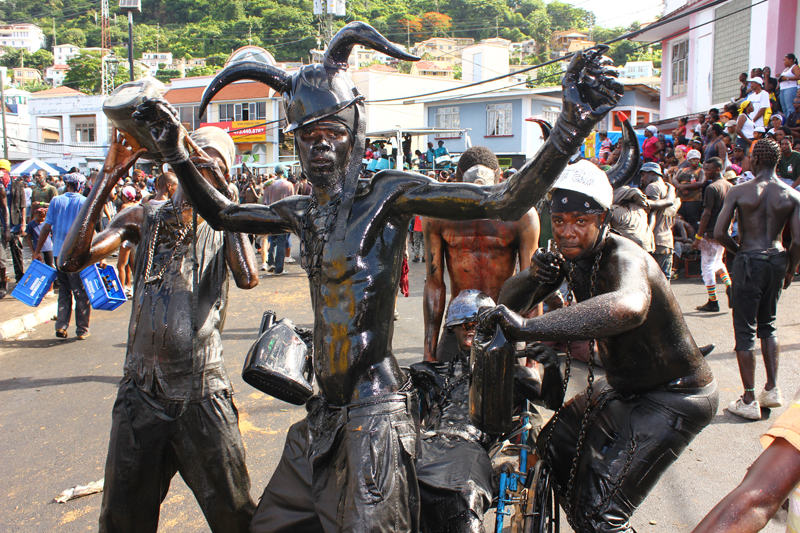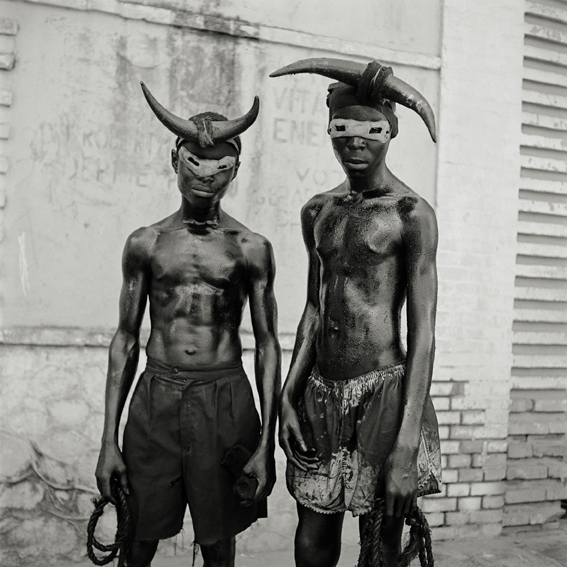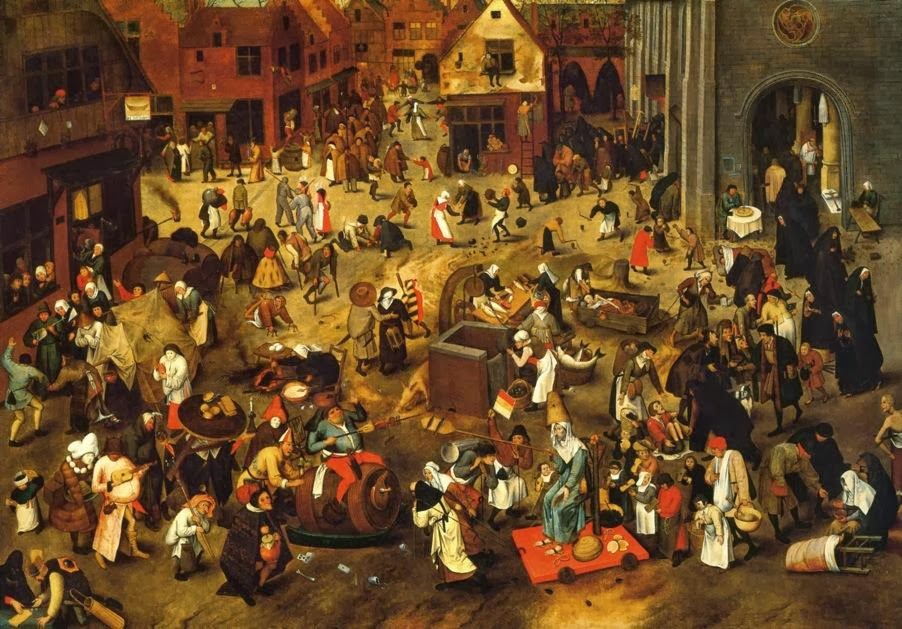|
Getting your Trinity Audio player ready...
|
Reading Time 2 mins
Draft: Not for Quotation, Citation or Distribution
THE JAB JAB AND COMIC LICENCES ?
[Part 2 of 2]
“The molasses Negro [Negre Molassi] wears nothing. His whole body and face is smeared with an atrocious mixture of soot and molasses”
– Lafacdio Hearn, after viewing Martinique’s 1887 Carnival. See Hearn’s “Two Years in the French West Indies” published in 1890.
Jab in Haiti
“A band of bare-chested horned men whose bodies are covered with sugar-cane syrup mixed with soot and charbon [charcoal] In Haiti these Carnival characters are called lanceurs de cord”.
– Novelist Edwidge Dandicat in “After the Dance: A Walk Through the Carnival of Jacmel”
Frenchman Xavier Marmier [1808-1892] saw the Carnival in Cuba, where blacks smeared the bodies with tar to mark the January 6 Carnival- the Dia de Reyes(Day of Kings).
See Marmier’s Lettres sur l’ Amerique.
IS True :The Jab Jab [Diable Diable] is the major figure of scatology in the Grenadian Carnival .
It is well worth noting that once upon a time the Catholic church granted what it called “comic licenses” . These licenses excused risque and obscene interludes in the course of the celebration of the Mass. The Church’s risa pasquale – the so-called “Easter laugh”, was a sexually suggestive act which gave a profane colour to the sacred event.
About the sacred-profane dichotomy poet W. H. Auden [1907-1973] wrote:
“The value of a profane thing lies in what it usefully does, the value of a sacred thing is what it is”.
“Of course a sacred thing may also have a function but that not its primary role”, responds Joyce Carol Oates.
Pieter Bruegel [c.1525-1569] brought the sacred and profane to a face-off in a painting entitled The Battle Between Carnival and Lent.
A panel from Bruegel’s “The Battle Between Carnival and Lent”, 1559.
There was also a time in Trinidad when the Carnival “opened” before the altar of the Port-of -Spain Catholic cathedral. Starting in the 1920s , and continuing until the 1950s the Roman Catholic Les Amantes de Jesu Society [ Lovers of Jesus] “gave” the grandest of the pre-carnival balls.
Carnival and Religion make an odd couple: Both seek the extinction of alienation and estrangement ; they both wage real and fanciful wars:he Veillee Croix aka vecco] is the outstanding symbol of Heraclitus’ miracle of the unity of opposites.
Veillee croix = cross wake/ cross vigil.
[End of part 2]
(c) Caldwell Taylor
Caldwell Taylor is writer and cultural commentator. The former teacher and diplomat is a graduate of Windsor Law School .



